Retro Replay Review
Gameplay
Midway Campaign delivers a tense and immersive strategic simulation of one of World War II’s most pivotal naval battles. As the American commander, you oversee a smaller, outgunned force and must make every decision count, leveraging the element of surprise to intercept and strike the Japanese carrier groups before they can overwhelm Midway Island. The game unfolds on a large, gridded map of the Pacific; you plot fleet movements, launch airstrikes, and manage reconnaissance flights against the clock and an unseen enemy.
The turn structure strikes a satisfying balance between realism and playability. Each turn represents several hours of battle, during which you assign reconnaissance missions, move task forces, and prepare air groups for attack or defense. The computer-controlled Japanese fleet moves according to preprogrammed objectives, setting up a cat-and-mouse contest of detection versus stealth. As you uncover enemy carriers, the tension ratchets up: should you risk sending your dive bombers deep into hostile waters, or hold them back to protect your own fleet?
Resource management is another critical layer. Aircraft fuel, pilot fatigue, and the availability of escort fighters all factor into every strike, forcing you to weigh immediate gains against longer-term readiness. When air groups return, repairs and rearmaments take precious time, so a failed attack can leave you dangerously exposed. Victory conditions—destroy all enemy carriers, stop Japanese landings, or avoid your carriers being sunk—make each decision feel vital. The detailed end-of-game report on carrier damage, aircraft losses, and victory points neatly crystallizes how well you executed your plan.
Graphics
Though rooted in classic simulation design, Midway Campaign’s visuals remain functional and clear. Ships, carriers, and air units are represented by distinct icons on a simple, color-coded map. This minimalism ensures that information is never obscured by overelaborate art, letting you focus on targets and movement grids at a glance. The interface may feel dated by modern standards, but its clarity under pressure is a strength.
Reconnaissance flights are depicted by a sweeping search cone that illuminates sections of the map as your scout planes pass over them. This dynamic reveal adds to the feeling of uncertainty and constantly shifting information. When enemy carriers emerge from the fog of war, the icons update instantly, triggering the adrenaline rush of planning your immediate response.
Combat sequences are summarized through text reports and damage icons rather than flashy animations. Bomb hits, torpedo strikes, and air combat exchanges are conveyed with clear numerical and symbolic feedback, allowing you to quickly assess losses and adjust your tactics. While lacking in cinematic flair, this approach supports the game’s emphasis on strategic decision-making over sensory spectacle.
Story
Midway Campaign doesn’t unfold through scripted cutscenes or guided narrative, but through the historical framework of the June 1942 battle itself. The opening briefing situates you in the frantic intelligence war preceding the clash: codebreakers whisper warnings of an imminent Japanese attack, and you must channel that knowledge into real-time fleet deployments. The game’s sense of authenticity arises from its faithful depiction of the true stakes at Midway.
Every sortie and every missed contact feels steeped in history. When your torpedo squadrons draw Japanese fighters away from the carriers, you can almost hear the roar of Pratt & Whitney engines as dive bombers swoop in. Conversely, the grim reality of watching a carrier burn in your damage report conjures the high cost paid by both sides. There’s no fictional subplot—your narrative is written by strategic successes and missteps in a battle that indeed changed the course of the Pacific War.
The absence of characters or voiceovers actually deepens immersion for history enthusiasts. You become the protagonist as you wrestle with limited information, high stakes, and the fog of war. The very real threat of annihilation imbues every decision with drama, turning abstract map icons into stand-ins for pilots, sailors, and the fate of entire fleets.
Overall Experience
Midway Campaign is a rewarding challenge for fans of historical simulations and naval strategy. Its blend of tactical depth and historical authenticity creates a sandbox where skillful planning and adaptability earn real satisfaction. Newcomers may face a steep learning curve mastering reconnaissance patterns and airstrike timing, but a handful of trial runs reveals the satisfying interplay of risk and reward at the heart of the design.
The AI opponent seldom cheats, relying instead on scripted objectives and detection algorithms that force you to outthink rather than outpace it. This encourages replayability as you experiment with different search patterns, diversionary tactics, and carrier group maneuvers. Each playthrough can unfold differently, especially as you tweak difficulty settings to pit yourself against more aggressive or elusive Japanese forces.
While aged in presentation, Midway Campaign’s core strengths endure: it challenges you to solve a high-stakes strategic puzzle using period-accurate assets and constraints. If you’re drawn to strategy games that prioritize thoughtful decision-making over flashy graphics, and if the drama of the Battle of Midway intrigues you, this simulation offers hours of deeply engaging gameplay. It’s a compelling way to test your mettle against one of history’s greatest naval confrontations.
 Retro Replay Retro Replay gaming reviews, news, emulation, geek stuff and more!
Retro Replay Retro Replay gaming reviews, news, emulation, geek stuff and more!
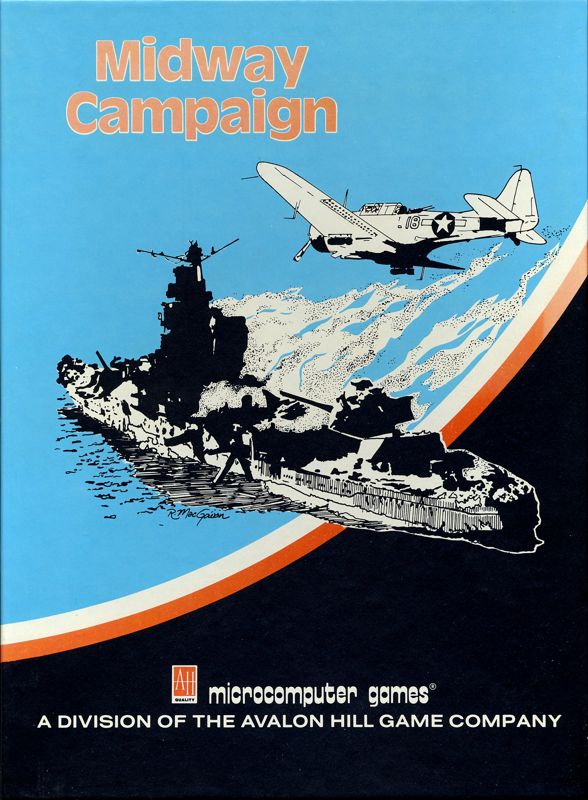
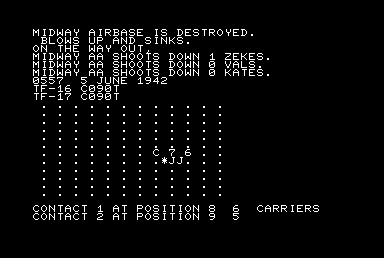

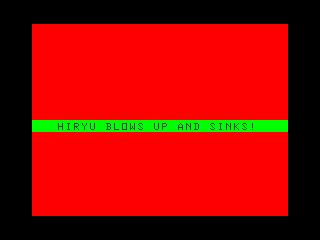
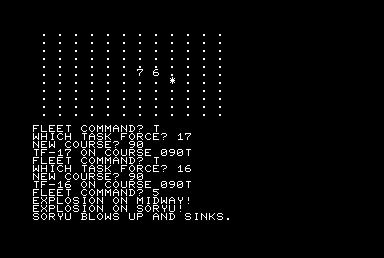
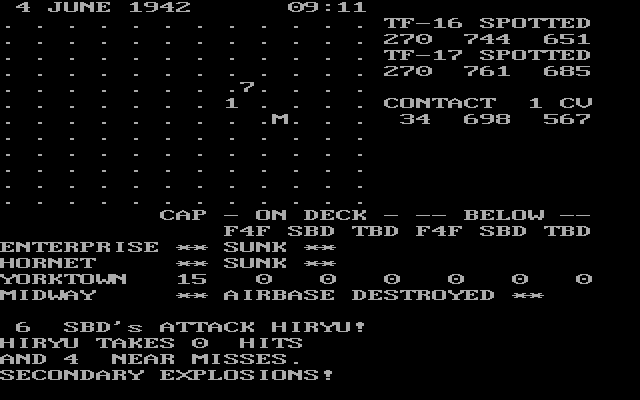



Reviews
There are no reviews yet.